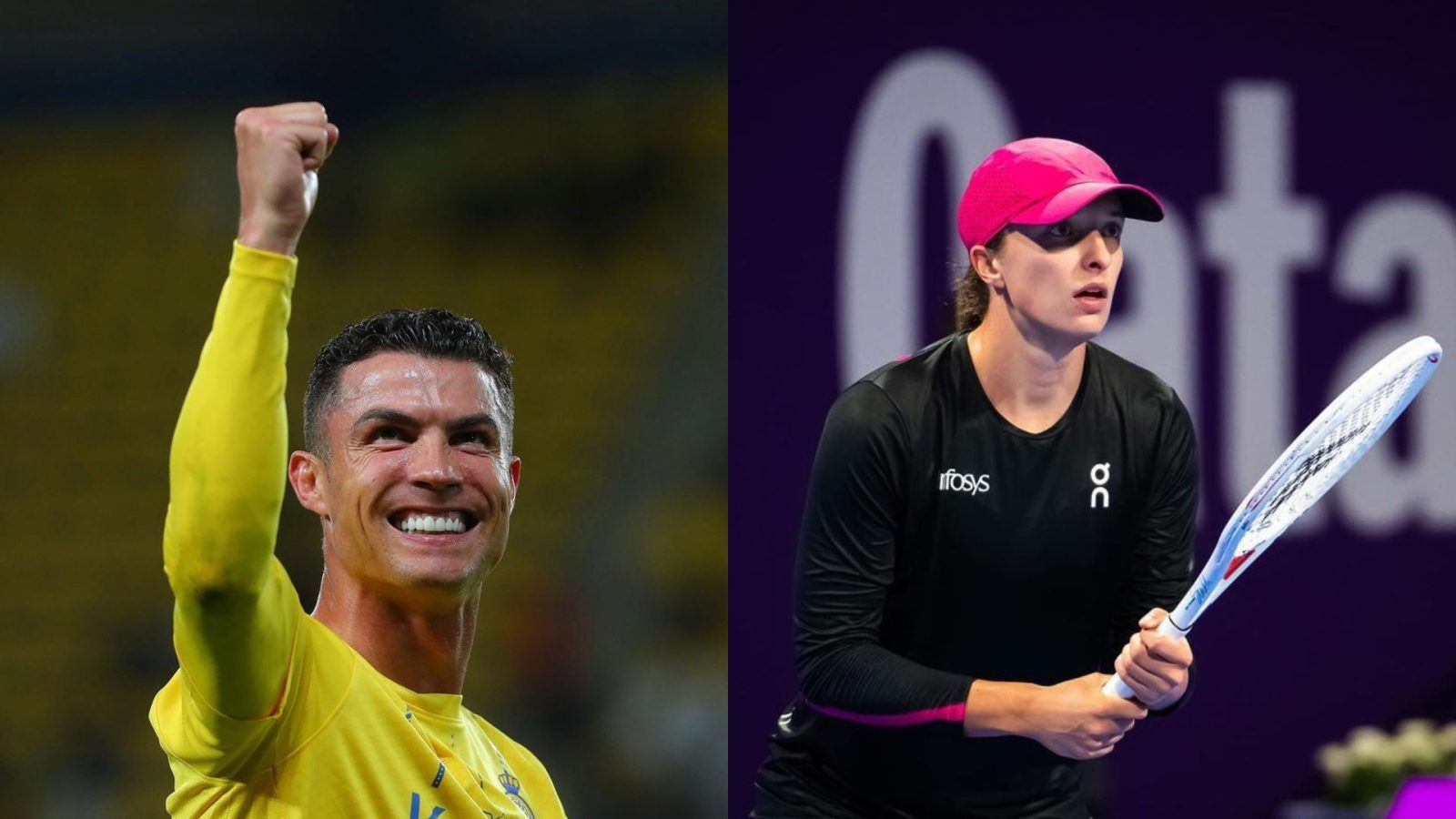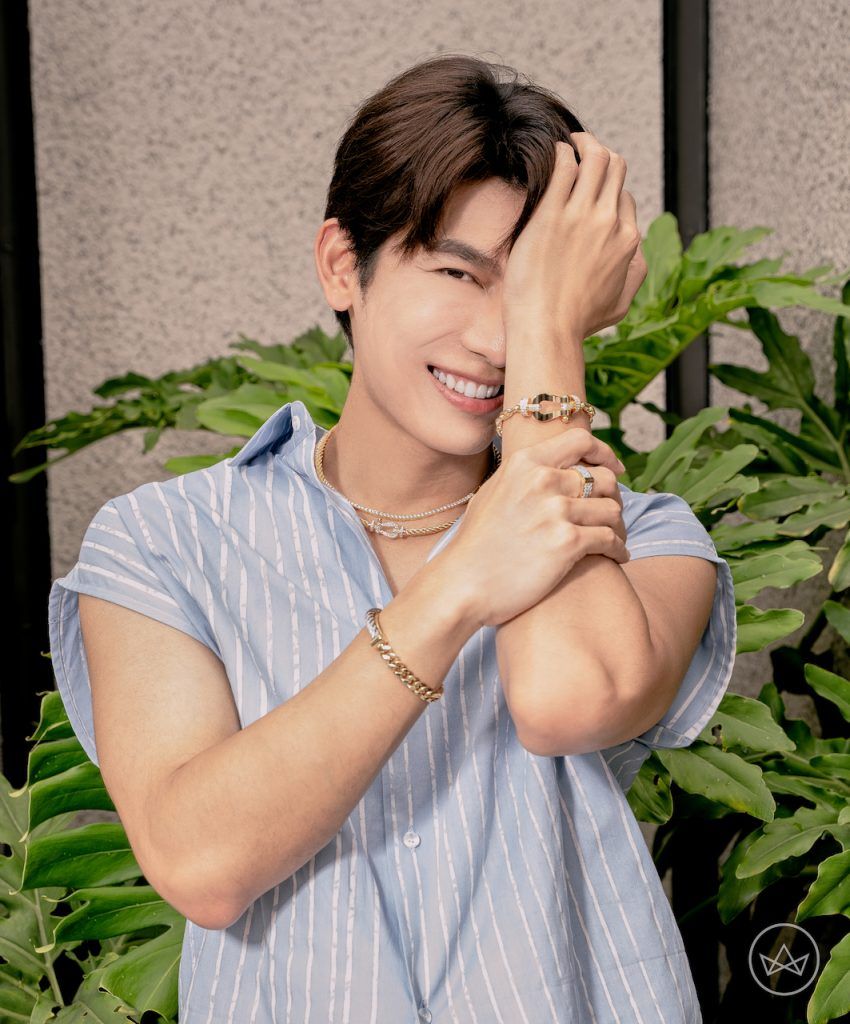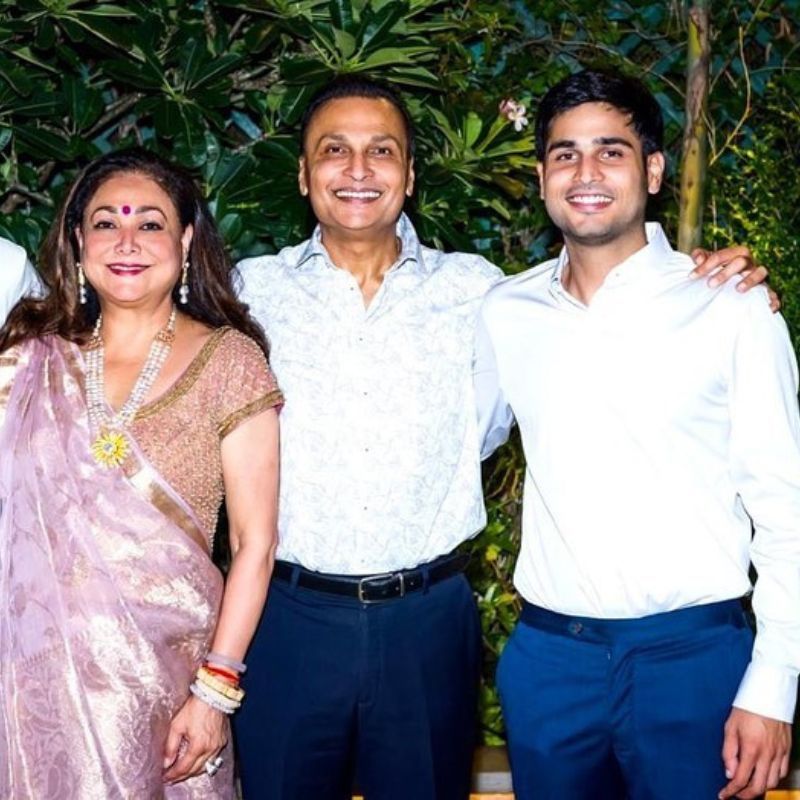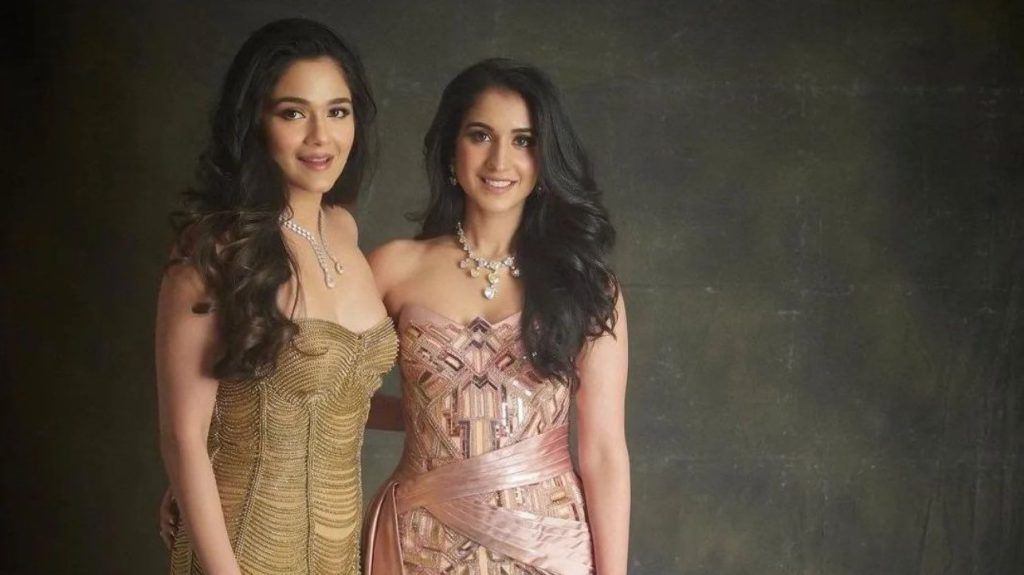In the modern world, gender equality in sports is no longer a myth. Women are getting equal opportunities as men, and they, too, can dream of garnering fame.
And with popularity comes an influx of money in the bank account. Being one of the most famous female athletes guarantees you a grand fortune. You can enjoy all the riches money can buy.
But is the grass really this green?
While the earnings and the record-breaking deals of female athletes are sensationalised in popular media, the stark contrast with their male counterparts is often kept under wraps. This, in turn, paints a false picture, and most people do not get to know about the wage gap in sports.
Recently, the data for the highest-paid athletes in 2024 was released by Forbes. Forget about the top 10, no female player found a place in the top 50 on the list. In fact, the women earn in fractions of the men’s paychecks. Such is the predicament of women’s sports.
So, on that note, join us as we try to figure out why there is such a disparity in the pay of male and female athletes, and what the future holds in store.
The great divide: A wage gap saga between male and female athletes
How much is the wage gap between male and female athletes in individual sports?
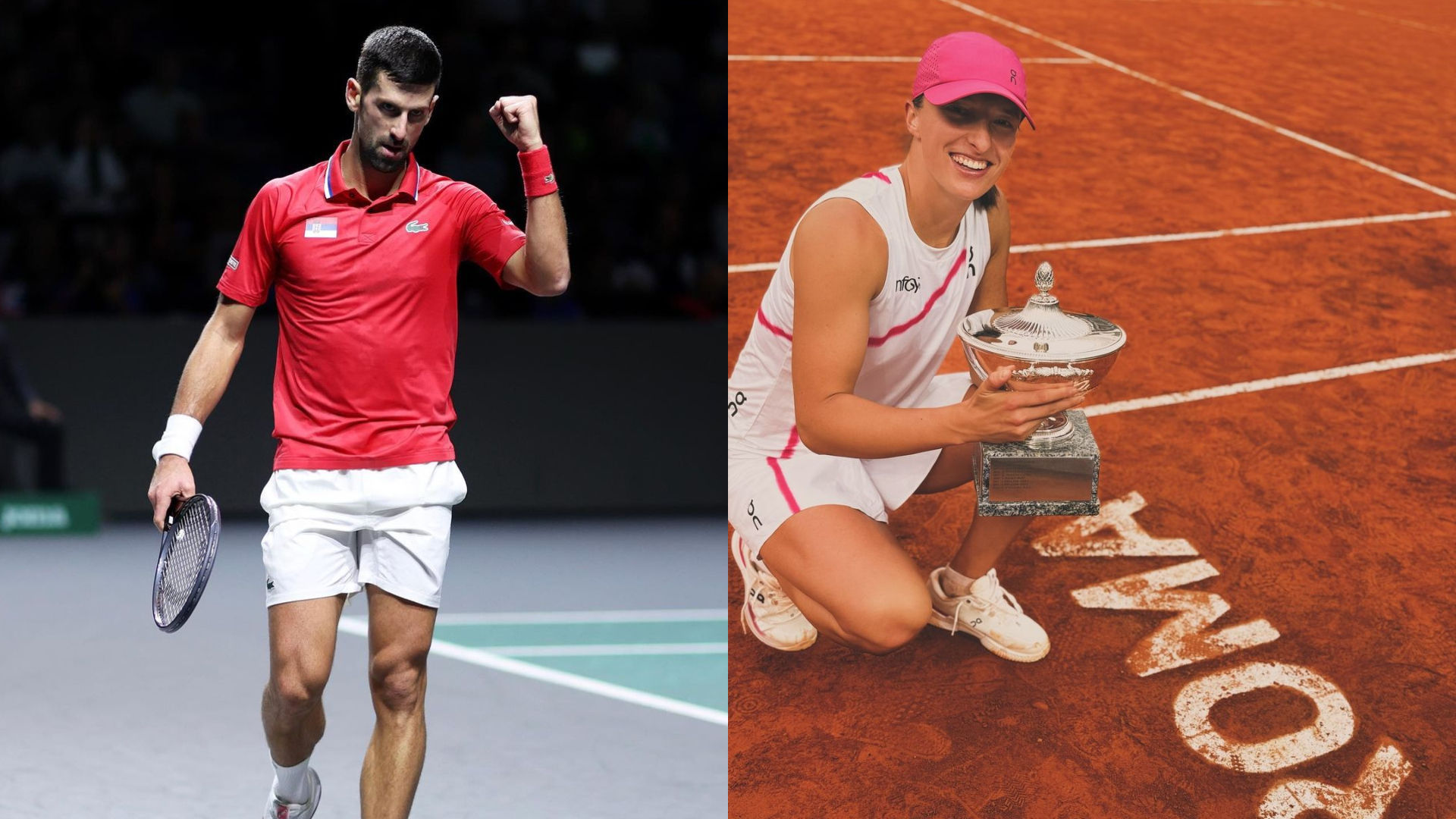
The wage gap in individual sports is somewhat comparable. Even then, there is a stark contrast in the earnings of the male and female athletes. We will cite a few examples for you to understand the situation better.
Let us take tennis as an instance. In the last decade, only the top female tennis players have made it to the list of the highest-paid athletes in the world. Players such as Serena Williams, Maria Sharapova and Li Na have found a place on Forbes‘ list in the past.
Having said that, the latest report by Forbes sees no female athlete among the highest-paid athletes. In fact, with a gross annual income of USD 23.9 million (MYR 112 million approx.), the highest-paid female athlete in the world at present is Polish tennis star Iga Świątek. On the other hand, Devin Booker of NBA side Phoenix Suns holds the 50th spot among the world’s highest-paid athletes in 2024 with an annual earning of USD 45.2 million (MYR 212 million approx.).
In other words, this means that Świątek’s earnings account for a little over 50 per cent of Booker’s income!
For further clarity, let’s take a look at Serbian legend Novak Djokovic, who earns the most among the active tennis players (USD 48.3 million), followed by Spanish prodigy Carlos Alcaraz (USD 47.7 million). So the disparity in the salary between male and female athletes in the same sports discipline is glaring.
This is the situation in other individual sports disciplines as well, be it badminton or wrestling. However, the wage gap is comparatively less in individual sports because these players earn more from their sponsorship deals and other investments.
A look at the male vs female athletes’ pay in team sports
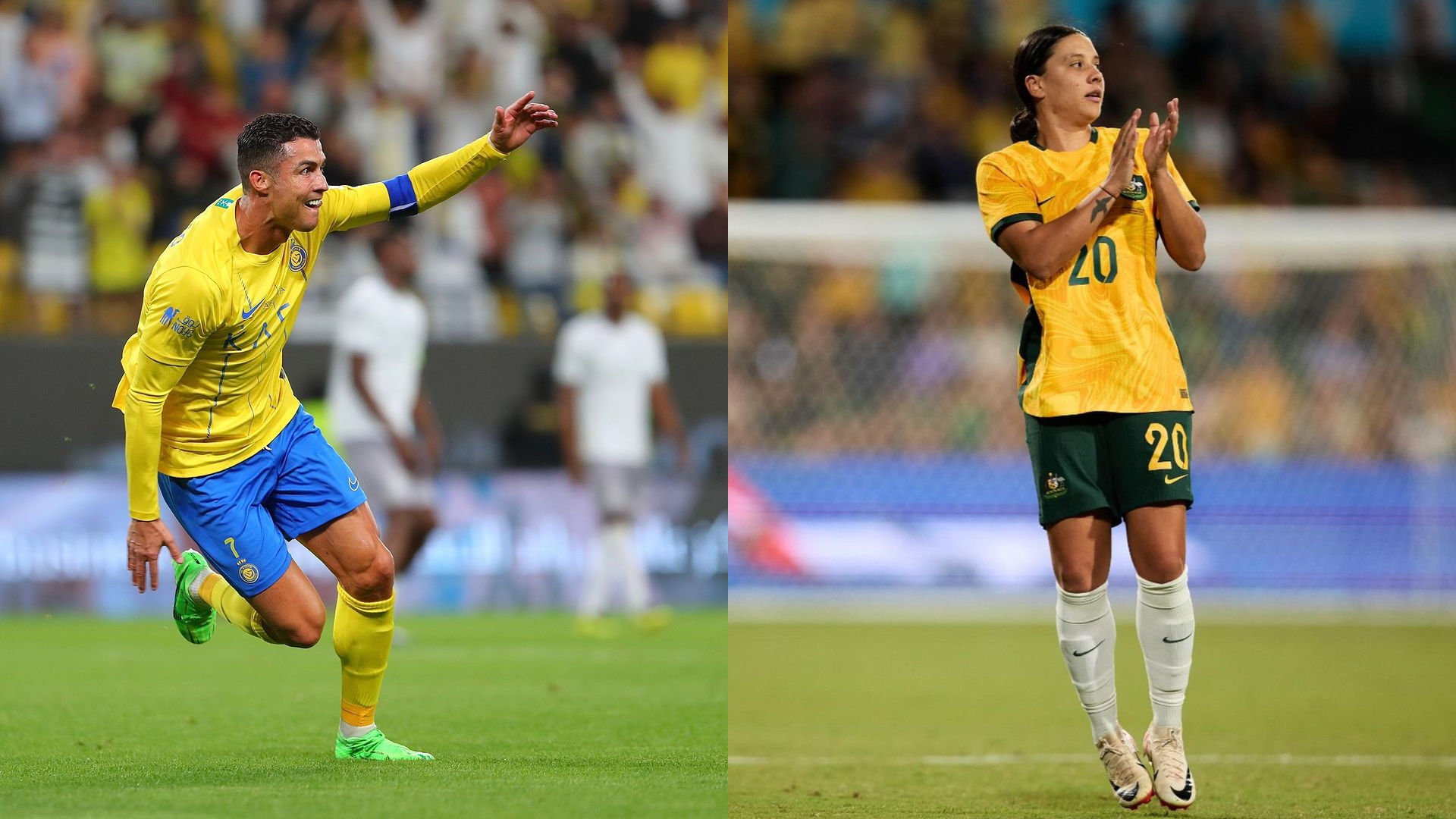
When it comes to team sports, the picture is bleaker.
Football has a stronghold in the global sporting landscape. Most of the players on the highest-paid athletes list come from football. Apologies… from men’s football.
For the past couple of years, Portuguese maestro Cristiano Ronaldo has been crowned the world’s highest-paid athlete. In 2024, his gross annual income stands at USD 260 million. This comes on the back of his record-breaking USD 200 million salary from Saudi Pro League side Al-Nassr.
Among the female football stars, Chelsea forward Sam Kerr takes home the highest sum. But how much is the figure? A meagre USD 513,000 per annum. This translates to nearly 0.003 per cent of Ronaldo’s salary!
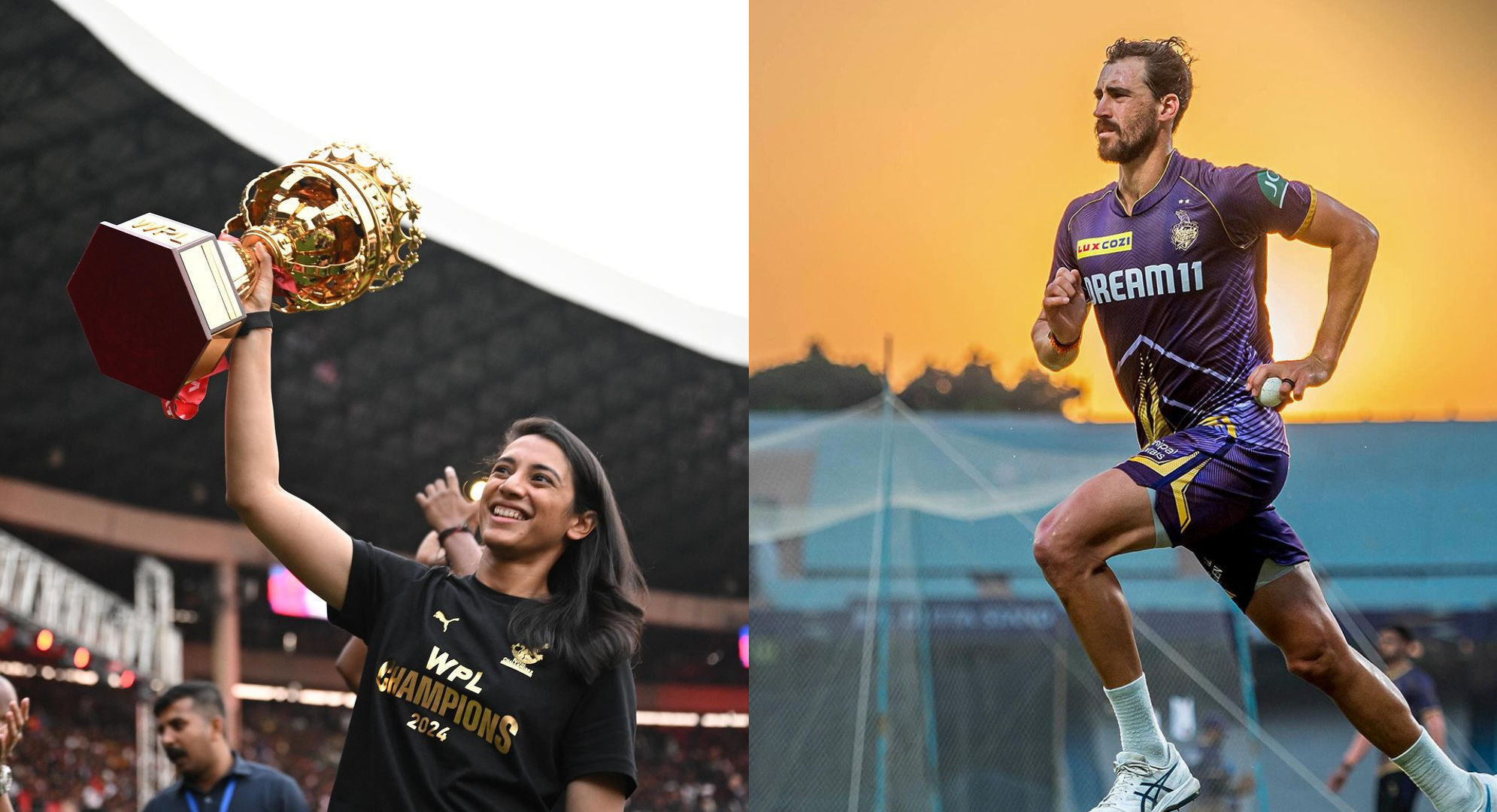
The disparity continues in cricket as well. Smriti Mandhana, the captain of the Royal Challengers Bengaluru in the Women’s Premier League, is the highest-paid player in the competition with a salary of MYR 1 million (USD 407,868).
In contrast, Australian speedster Mitchell Starc draws the highest salary in the Indian Premier League by virtue of his contract with the Kolkata Knight Riders. Starc earns an annual compensation of MYR 14 million (USD 3 million approximately).
Basically, this translates to Starc’s salary being more than seven times Mandhana’s.
Is pay disparity on the basis of gender likely to be eradicated in the future?
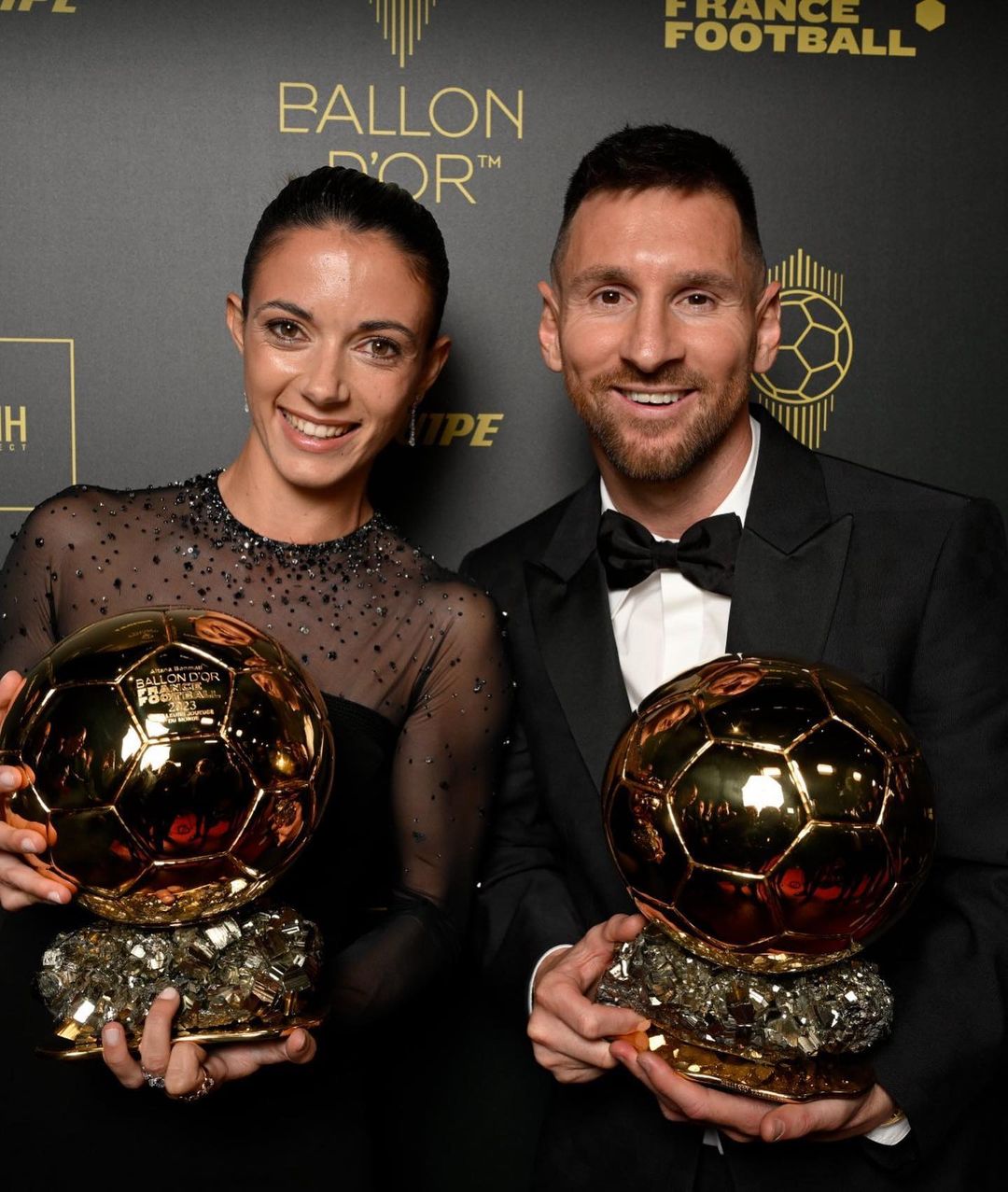
Well, this is a tricky question. And there is no straightforward answer for it. But why is that so?
The primary source of income for any athlete, be it male or female, is their sporting discipline. And the sports federations set the payouts for the players based on their revenues.
What is the most significant source of revenue for any sports event? More than the ticket sales and the sponsorship deals, it comes from the broadcasters. Yes, the number of people watching the matches from their homes far outweighs the ones venturing to the grounds. In turn, television broadcasters and online streaming platforms pay huge sums to the sports federations to secure the rights of a particular competition (or a series of competitions in some cases).
The popularity of a sporting discipline has a direct impact on the viewership recorded by the broadcasters during such events. This is where the inequality stems from — there is a huge gulf in the viewership of the men’s and women’s sporting events, even the marquee ones such as the FIFA World Cup finals in both categories.
But the masses cannot be held accountable for this disparity in viewership, either. People will only take an interest in those events which get more attention in popular media. Likewise, popular media is driven by the content which attracts more audience. So it is a cyclic process.
In recent times, organisations such as FIFA, UEFA, ICC and BCCI (among others) have put in efforts to give both men’s and women’s events an equal share of the limelight. And that has reaped dividends — there has been a continued growth in the popularity of tournaments like the FIFA Women’s World Cup and the UEFA Women’s Champions League.
Going ahead, such efforts need to be sustained. The only hope there is for reducing the wage gap between men and women in sports is by giving the latter their share of attention.
(Main Image Credits: Cristiano Ronaldo/Instagram and Iga Świątek/Instagram; Featured Image Credits: Aitana Bonmati Conca/Instagram)
This article first appeared here
Frequently Asked Questions (FAQs)
– What is the pay difference between male and female athletes?
While we cannot generalise the wage gap with a certain figure, the disparity between the salaries of men and women in sports is massive.

